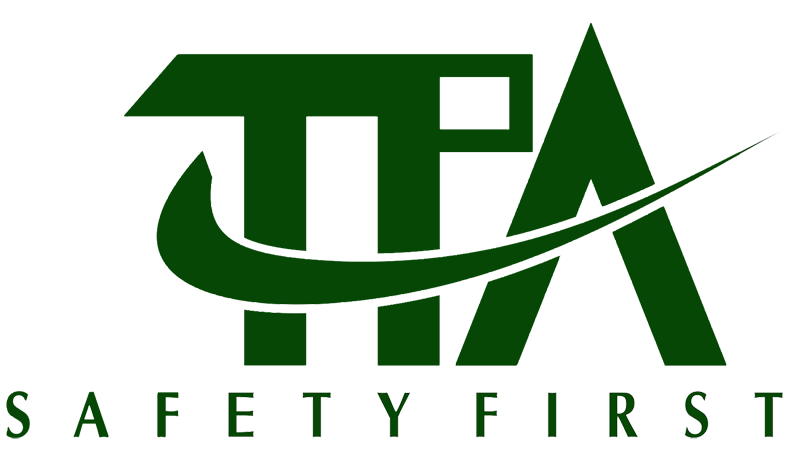Content

Both period and product costs are tied to a company’s performance and growth strategy. Make sure you know where your money is going and create a budget based on your goals. If you’re planning to develop new products, for example, you can expect to see an increase in both product and period costs.
- Examples include selling, general and administrative (SG&A) expenses, marketing expenses, CEO salary, and rent expense relating to a corporate office.
- Product costs, also known as direct costs or inventoriable costs, are directly related to production output and are used to calculate the cost of goods sold.
- We need to first revisit the concept of the matching principle from financial accounting.
Service companies use service overhead, and construction companies use construction overhead. Any of these types of companies may just use the term overhead rather than specifying it as manufacturing overhead, service overhead, or construction overhead. Overhead is part of making the good or providing the service, whereas selling costs result from sales activity, and administrative costs result from running the business. The period costs could not be capitalized as they are not directly related to the production of the inventory and hence are charged in the profit and loss statement of the company.
Direct materials
This company has $3,400,000 in period costs for the fourth quarter from their selling, marketing, and administrative expenses. Their selling expense is from the commission they pay their https://www.bookstime.com/articles/period-costs salespeople. Their administrative costs are from executive salaries and professional costs. Product costs are all costs involved in the acquisition or manufacturing of a product.
The $10 direct materials would be a debit to cost of goods sold (increasing) and a credit to inventory (decreasing). Total period costs include any expenses that are not directly related to product manufacturing. Legal fees, sales commissions and office supplies are considered period costs and should be recorded as expenses on the balance sheet.
How to Identify a Period Cost
It is important to keep track of your total period cost because that information helps you determine the net income of your business for each accounting period. Under different costing system, product cost is also different, as in absorption costing both fixed cost and variable cost are considered as Product Cost. On the other hand, in Marginal Costing only the variable cost is regarded as product cost. An example of such cost is the cost of material, labour, and overheads employed in manufacturing a table. There’s no period cost formula because the included accounts differ from business to business.

Period costs are calculated by identifying costs classified as period costs. Direct materials are those materials used only in making the product and there is a clear, easily traceable connection between the material and the product. For example, iron ore is a direct material to a steel company because the iron ore is clearly traceable to the finished product, steel. In turn, steel becomes a direct material to an automobile manufacturer.
Period Costs: What Small Businesses Need to Know
They are capitalized to inventory because when a product is in the process of being manufactured, work in process costs are being incurred and value is added throughout the process, not all at once. Period costs are not tied to a product or the cost of inventory like product costs are. Period costs are also listed as an expense in the accounting period in which they occur.
- Period costs are costs that cannot be capitalized on a company’s balance sheet.
- The total period cost, for example, isn’t tied to one particular product or service, but it can take up a big chunk of your budget.
- Thus, it is fair to say that product costs are the inventoriable manufacturing costs, and period costs are the nonmanufacturing costs that should be expensed within the period incurred.
- Period costs can be separated by category on the income statement to help understand what the costs are and how much is spent on each.
Though it may be tempting to just lump your expenses together, there are three great reasons why you need to separate product and period costs for your business. Product and period costs are incurred in the production and selling of a product. The one similarity among the period costs listed above is that these costs are incurred whether production has been halted, whether it’s doubled, or whether it’s running at normal speed. Period costs are the costs that your business incurs that are not directly related to production levels. These expenses have no relation to the inventory or production process but are incurred on a regular basis, regardless of the level of production.
What is the difference between product costs and period costs?
If you pay rent for your office and manufacture your products in a separate facility, office rent is a period cost. According to FreshBooks, the rent paid for the factory building is part of manufacturing overhead and should be recorded as a product expense. If a building is used for both administrative and manufacturing purposes, you may allocate the https://www.bookstime.com/ rent to each. The most common product costs are direct materials, direct labor, and manufacturing overhead. Selling expenses are costs incurred to obtain customer orders and get the finished product in the customers’ possession. Advertising, market research, sales salaries and commissions, and delivery and storage of finished goods are selling costs.
- Salary paid for the production floor manager is classified as a product cost since the cost is incurred for actual production of the product.
- Since the expense covers a two year period, it should be recognized over both years.
- Since period costs are a broad category, they’re better explained by what they aren’t.
- The preceding list of period costs should make it clear that most of the administrative costs of a business can be considered period costs.
- When inventory is purchased, it constitutes an asset on the balance sheet (i.e., “inventory”).
By definition, period costs are costs that are incurred during one accounting period and are not tied to the production of a product or the inventory costs. If liability is short-term and due within one accounting period and is not directly tied to the production of a product or inventory costs, then it could be considered a period cost. A good example of this would be the interest incurred on a loan for office equipment that isn’t directly tied to the production of products, as long as that interest is paid within the accounting period. Product costs are directly related to the production or acquisition of the goods sold by a company.
Product vs. Period Costs
In accounting, there’s the matching principle, which states that any expenses you incurred to generate income should be reported in the same period as the income. The difference between what you spent to buy the inventory and what you sold it for is the profit. Salary can be both a product cost and a period cost depending on the activities of the worker. Salary paid for the production floor manager is classified as a product cost since the cost is incurred for actual production of the product. Salary paid to an executive is a period cost, since the executive does not work directly on product production.
- Period costs are basically the expenses which could be charged to income statement of the company for the period in which such expenses have been incurred.
- Period costs reduced net income when they are expensed on the income statement.
- Period costs and product costs are two categories of costs for a company that are incurred in producing and selling their product or service.
- However, you’ll still have to pay the rent on the building, pay your insurance and property taxes, and pay salespeople that sell the products currently in inventory.
- Our work has been directly cited by organizations including Entrepreneur, Business Insider, Investopedia, Forbes, CNBC, and many others.
- Speaking of financial statements, it’s important that you take the time to review your financial statements on a regular basis.
- These costs include items that are not related directly to the primary function of a business, such as paying utility bills or filing legal suits.


